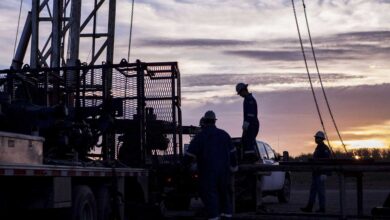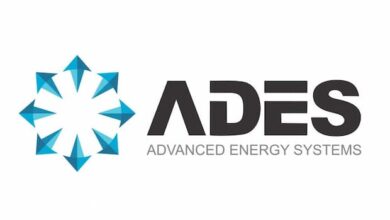DeepOcean acquires Shelf Subsea

DeepOcean has acquired 100 percent of the shares in Shelf Subsea, expanding its footprint into Southeast Asia, Australia, and the Middle East. Shelf Subsea will be integrated into DeepOcean and will form the company’s business region, DeepOcean APAC. The combined group will have approximately 1,800 employees and generate more than $1 billion in revenue.
Similar to DeepOcean, Shelf Subsea offers engineering and project management for subsea construction and installation, subsea survey and positioning services and subsea IMR services as well as removal and recycling of subsea assets. It currently operates a fleet of three chartered multipurpose dive support vessels, multiple ROVs, various subsea installation equipment, plus a number of diving systems.




